15 Italian Flowers Known for Their Beauty and Symbolism
Italy boasts a rich variety of flowers that add color and charm to gardens and landscapes. Many of these blooms hold special meanings and play important roles in Italian traditions. Understanding the symbolism behind these flowers can deepen your connection to them. From bold roses to gentle violets, each flower carries its own unique story. Here are twenty of the most beautiful Italian flowers and the meanings they convey.
This post may contain affiliate links, which helps keep this content free. Please read our disclosure for more info.
Rose (Rosa)
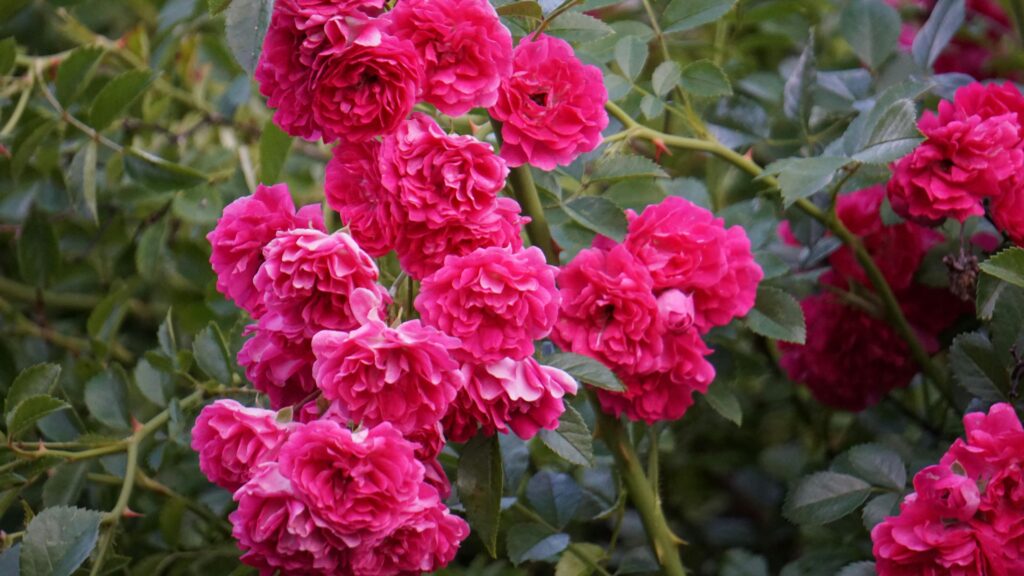
Roses are among the most beloved flowers in Italy and are known for their classic beauty and fragrance. They come in many colors, each carrying its own meaning, such as red for love and white for purity. Roses are often found in Italian gardens and celebrations. Their timeless appeal makes them a symbol of passion and romance.
In Italy, roses are used to express deep emotions and are common in festivals and gifts. They grow well in temperate climates with plenty of sunlight. Pruning and regular watering help maintain healthy rose bushes. Roses remain a universal symbol of beauty and affection.
Lily (Lilium)
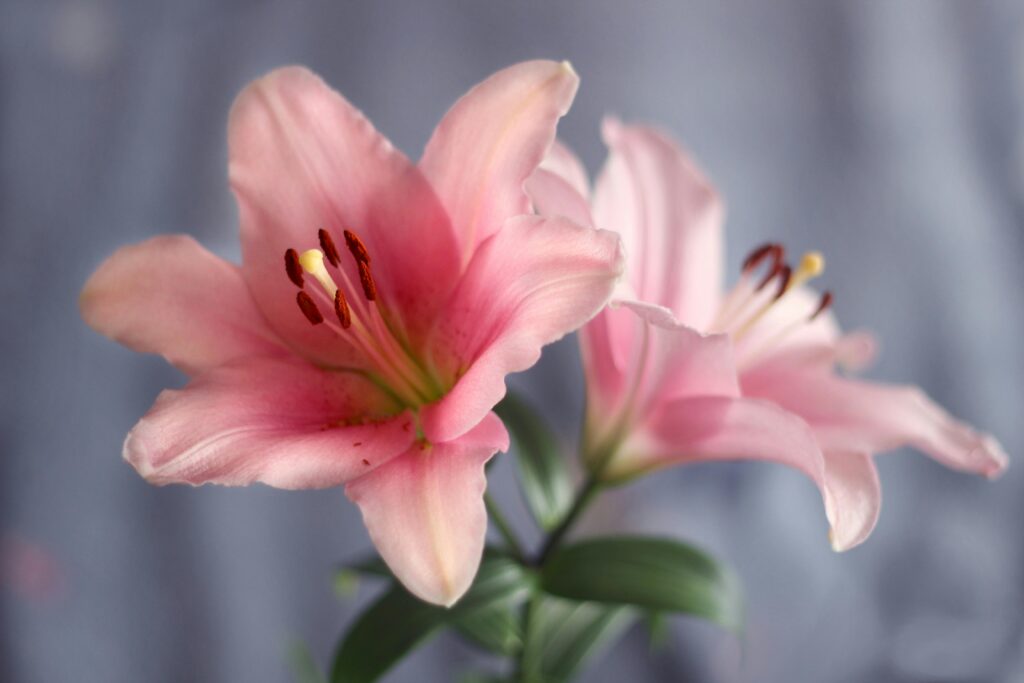
Lilies are admired for their elegant shape and sweet scent, often featured in Italian art and gardens. They symbolize purity, renewal, and fertility, making them popular in religious and cultural ceremonies. Lilies bloom in late spring to early summer and are available in many varieties. Their graceful appearance adds sophistication to any setting.
These flowers prefer well-drained soil and moderate watering. In Italy, lilies are often associated with the Virgin Mary and are used in religious festivals. Their beauty and symbolism have made them a favorite for centuries. Growing lilies requires minimal care but offers great visual impact.-
Iris
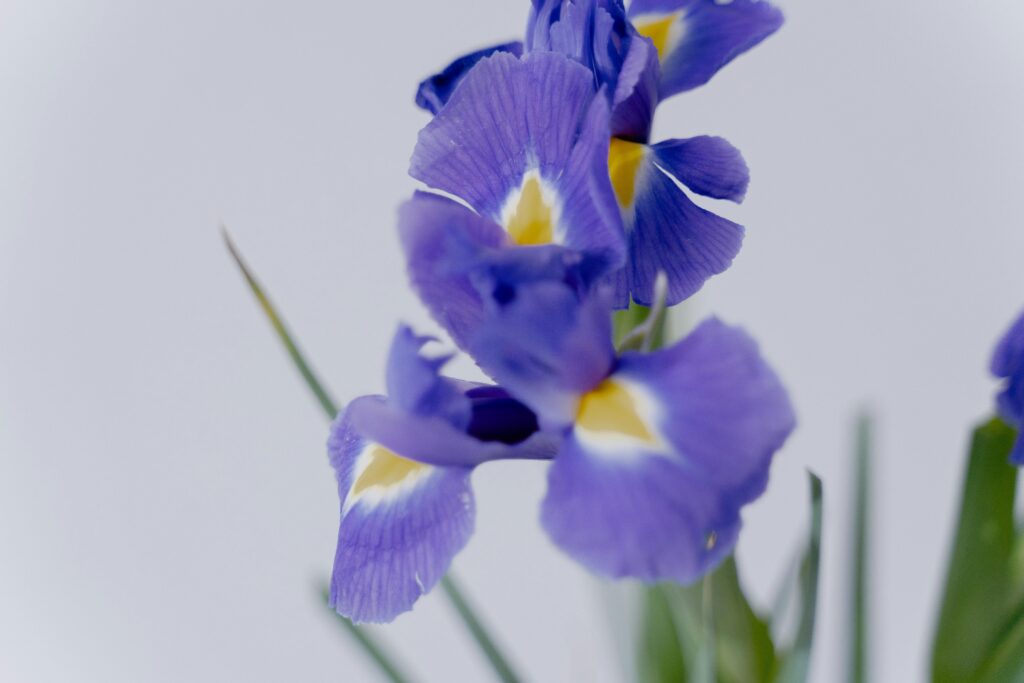
Irises are known for their striking, intricate petals and vibrant colors, including purple, blue, and yellow. They symbolize faith, hope, and wisdom in Italian culture. Irises bloom in spring and early summer, adding bold color to gardens and landscapes. Their unique form makes them stand out among other flowers.
These flowers grow best in sunny spots with well-drained soil. In Italy, irises have historical significance and appear in many traditional artworks. They attract pollinators like bees and butterflies. Irises are valued for their beauty and cultural meaning.
Poppy (Papaver)
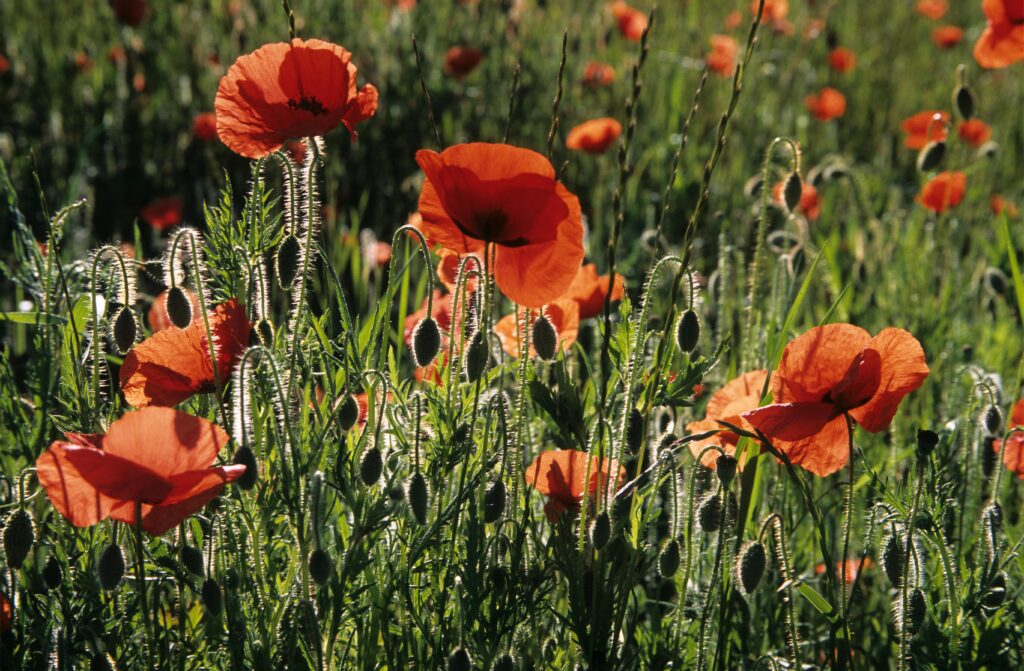
Poppies are bright and cheerful flowers that thrive in fields and gardens across Italy. They symbolize remembrance, peace, and consolation. Their vivid red petals are a common sight in rural areas during late spring. Poppies bring vibrant color and a touch of wild beauty to the landscape.
Poppies prefer sunny locations and well-drained soil. They are easy to grow and often reseed naturally. The flower’s symbolism connects to history and emotion, especially related to remembrance. Poppies are simple yet striking flowers in Italian flora.
Violet (Viola)
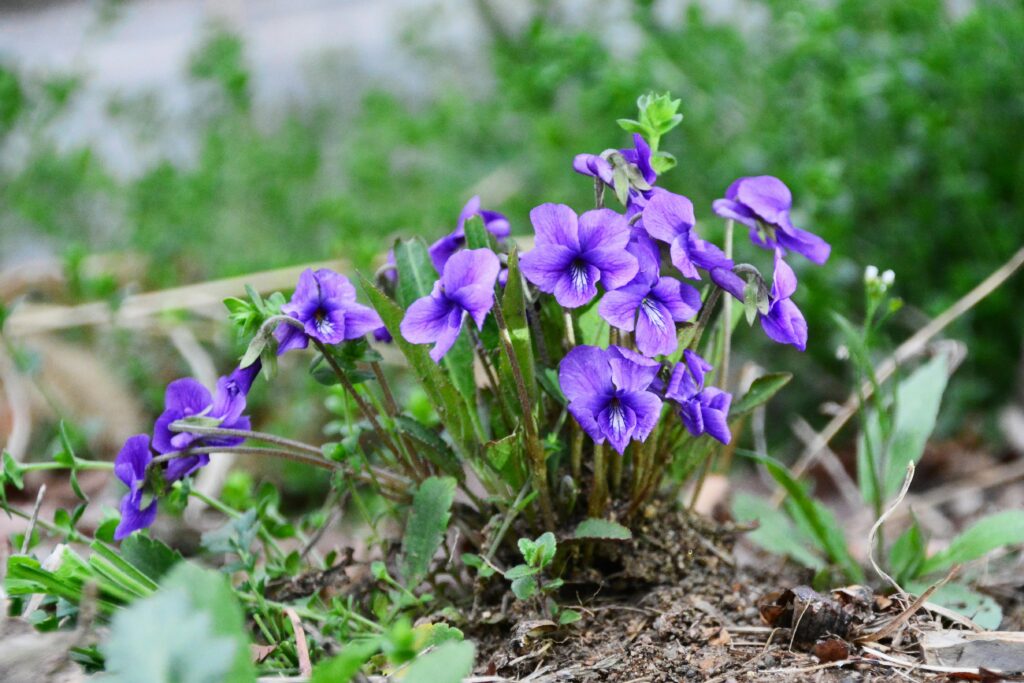
Violets are delicate flowers that grow in shades of purple, blue, and white. They symbolize modesty, humility, and love. These flowers bloom in early spring and are commonly found in woodlands and gardens. Their soft colors and sweet scent make them a gentle addition to any flowerbed.
In Italy, violets are associated with spring renewal and affection. They prefer partial shade and moist, well-drained soil. Violets are easy to care for and spread naturally in suitable environments. Their understated charm adds grace to gardens.
Sunflower (Girasole)
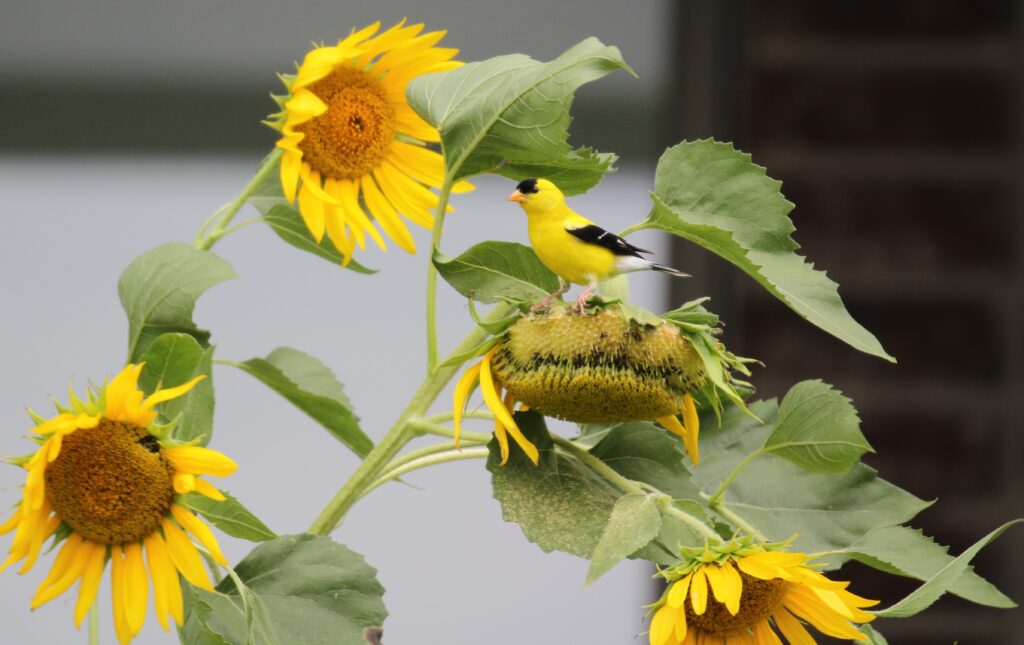
Sunflowers are large, bright flowers that turn to face the sun throughout the day. They symbolize adoration, loyalty, and longevity. These flowers bloom in summer and add warmth and cheer to Italian fields and gardens. Their bold appearance makes them a popular choice for decoration and symbolism.
Sunflowers grow best in full sun with fertile, well-drained soil. They are easy to cultivate and can reach impressive heights. In Italy, sunflowers are a common sight in the countryside during warmer months. They represent joy and positivity.
Camellia
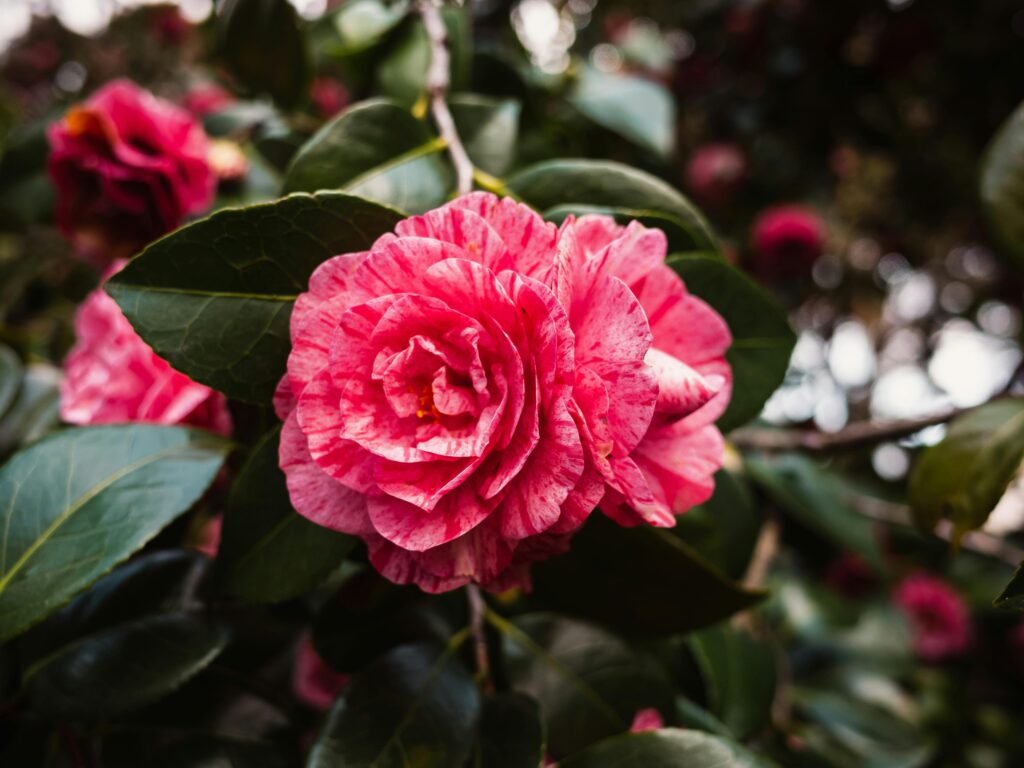
Camellias are elegant flowers known for their glossy leaves and full blooms in shades of white, pink, and red. They symbolize admiration, perfection, and love. Blooming in late winter or early spring, camellias add color to gardens when few other plants flower. Their lush appearance makes them a favorite in Italian horticulture.
These plants prefer partial shade and acidic, well-drained soil. Camellias require moderate watering and protection from harsh winds. They have a rich history in Italian gardens and are admired for their beauty. Growing camellias brings early season charm and elegance.
Carnation (Dianthus)
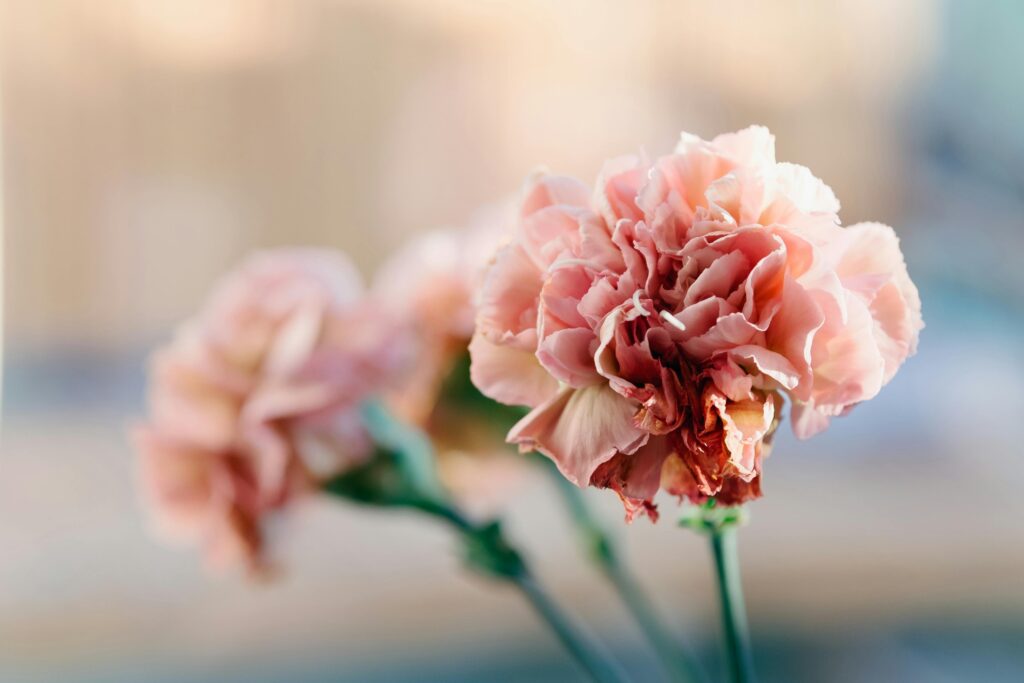
Carnations are fragrant flowers with ruffled petals found in many colors. They symbolize fascination, distinction, and love in Italian culture. Carnations bloom mainly in late spring and early summer. Their versatility makes them popular for bouquets, festivals, and garden borders.
Carnations prefer sunny spots and well-drained soil. They are hardy and easy to grow, making them ideal for beginners. In Italy, carnations are often used during celebrations and religious events. Their rich scent and varied colors add charm to any floral display.
Lavender (Lavandula)
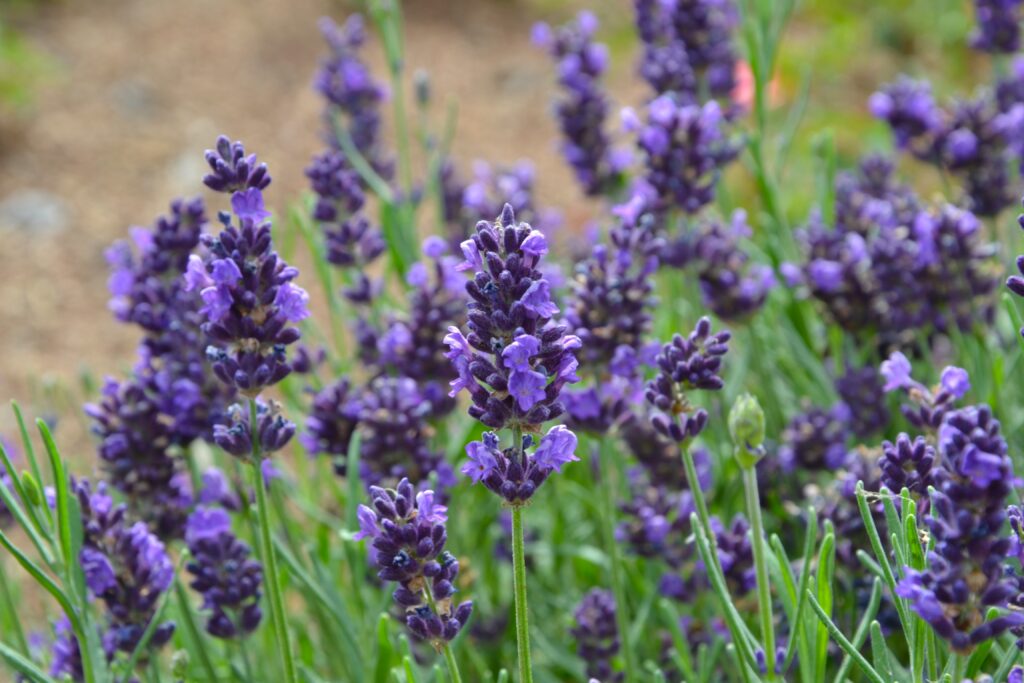
Lavender is known for its calming fragrance and purple flower spikes. It symbolizes purity, silence, and devotion. Lavender blooms in summer and is widely grown in Mediterranean climates, including Italy. It is popular in gardens and for making perfumes and essential oils.
This plant thrives in full sun and well-drained, sandy soil. Lavender requires little water once established and attracts pollinators. It is also used for culinary and medicinal purposes in Italy. Lavender’s soothing scent and color make it a garden favorite.
Oleander (Nerium oleander)
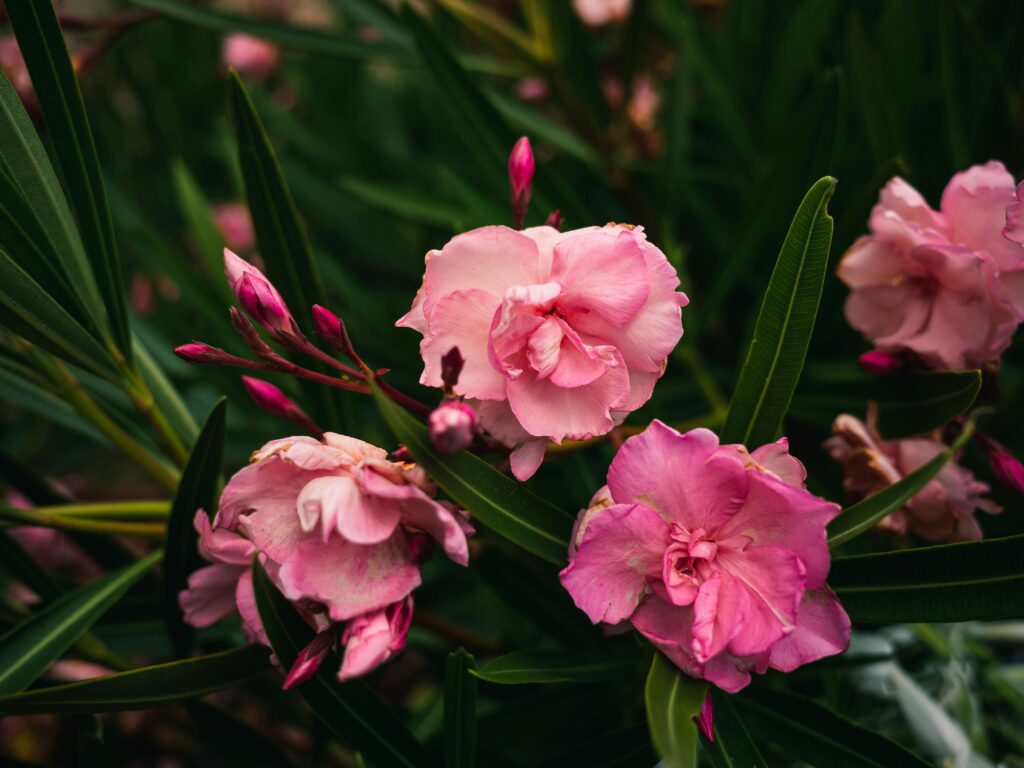
Oleander is a hardy shrub that produces clusters of colorful flowers in pink, white, and red. It symbolizes caution and grace in Italian culture. These flowers bloom from spring to fall and tolerate hot, dry conditions well. Oleander adds vibrant color to gardens and roadsides throughout Italy.
It grows best in full sun with well-drained soil. While beautiful, oleander is toxic if ingested, so care should be taken around children and pets. The plant requires minimal maintenance and is drought-tolerant. Its long flowering season makes it a popular ornamental choice.
Cyclamen
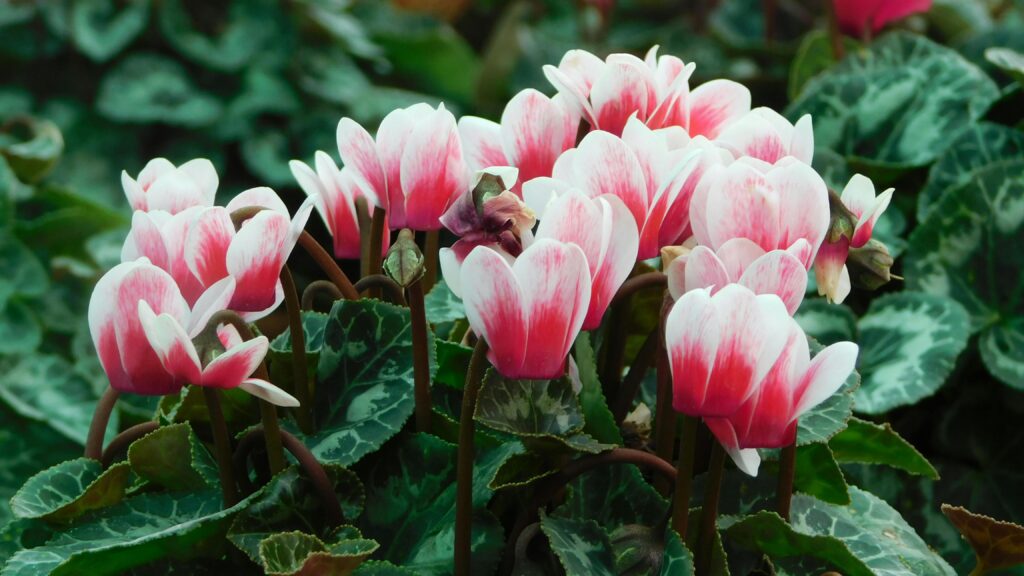
Cyclamen are small, charming flowers that bloom in shades of pink, red, and white during autumn and winter. They symbolize resignation and goodbye but also lasting affection. These flowers thrive in shaded, cool environments and well-drained soil. Cyclamen are common in Italian homes and gardens during cooler months.
They need minimal care but prefer moist soil without waterlogging. Their unique upswept petals create a distinctive look. Cyclamen bulbs can be stored and replanted yearly. They bring color and warmth when many other plants are dormant.
Magnolia
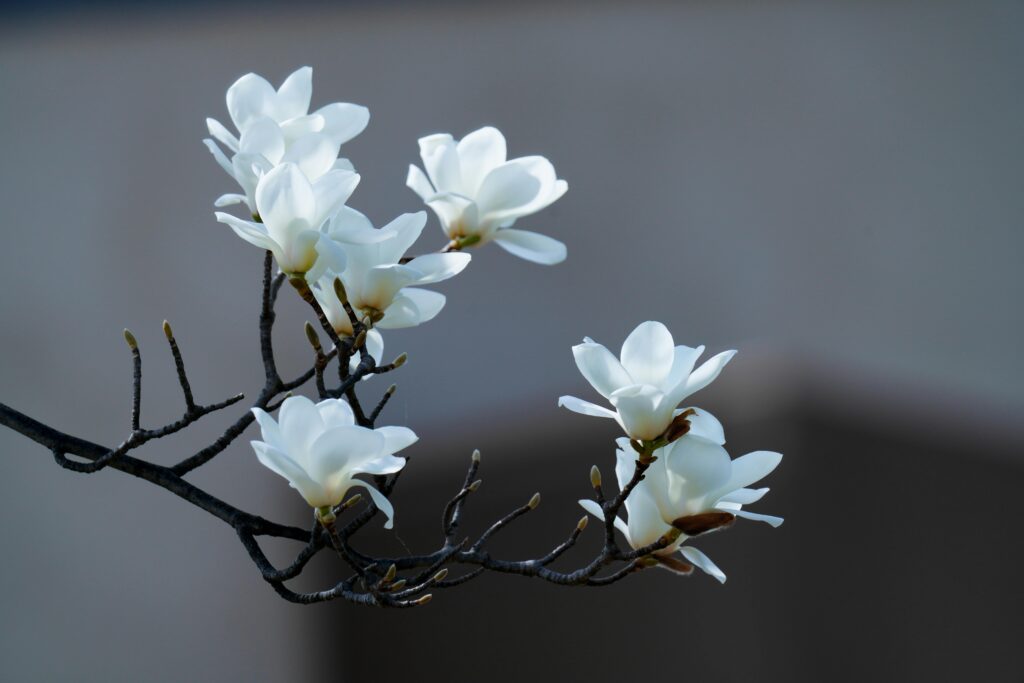
Magnolia trees produce large, fragrant flowers in white, pink, or purple. They symbolize dignity and perseverance in Italian culture. Blooming in spring, magnolias create stunning displays in gardens and parks. The trees vary in size but often reach impressive heights.
Magnolias prefer sunny to partially shaded areas and moist, well-drained soil. They require some care to protect young trees from the cold. These flowers have been admired in Italy for centuries. Their elegant blooms are a sign of natural beauty and strength.
Gardenia
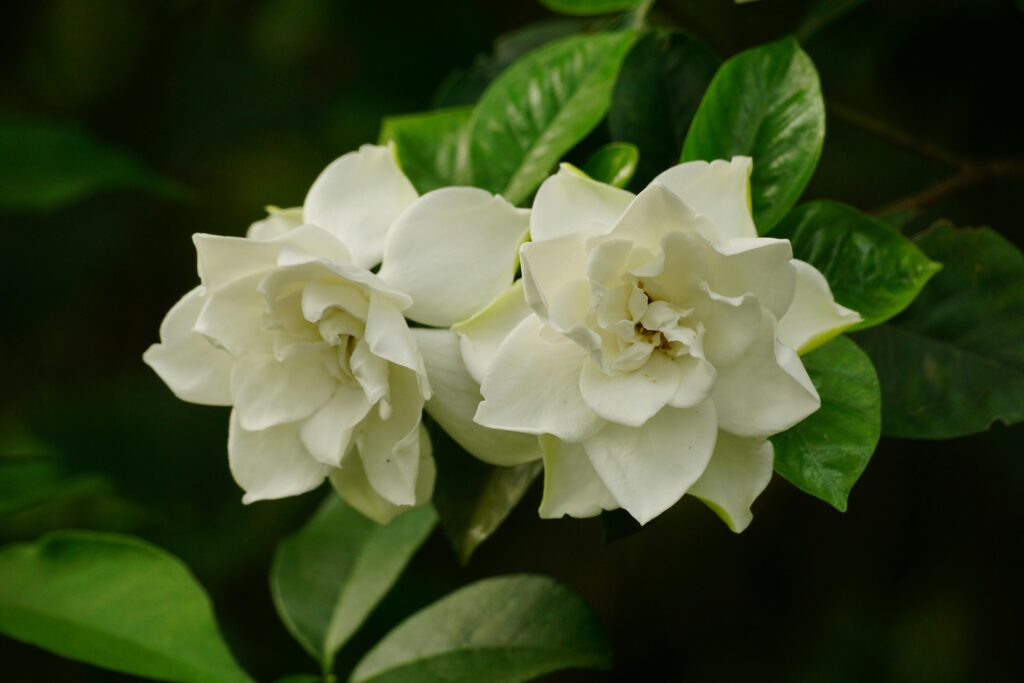
Gardenias are prized for their creamy white flowers and strong, sweet scent. They symbolize purity, love, and refinement. These flowers bloom in late spring to summer and are often used in gardens and floral arrangements. Gardenias prefer warm climates and well-drained soil.
They need regular watering and partial shade to thrive. Gardenias are sensitive to cold and require protection during frost. Their fragrance makes them popular for perfumes and personal care products. Growing gardenias adds beauty and aroma to any space.
Mimosa (Acacia dealbata)

Mimosa trees produce bright yellow, fluffy flowers that bloom in late winter and early spring. In Italy, mimosa symbolizes respect and is often given on International Women’s Day. These flowers add a burst of color when few others bloom. Mimosa trees prefer full sun and well-drained soil.
They are drought-tolerant and require little maintenance once established. Mimosa trees grow quickly and can reach medium heights. The flowers are also used in perfumes and decorations. Their cheerful appearance brightens gardens during colder months.
Geranium
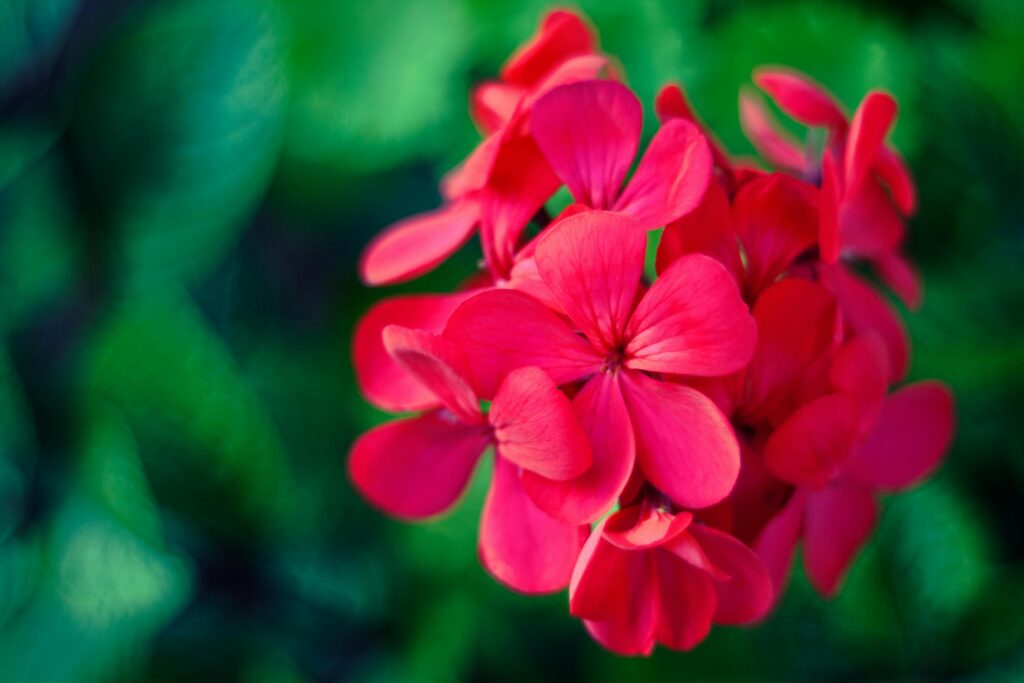
Geraniums are colorful and hardy flowers found in many Italian gardens. They bloom throughout spring and summer in various shades of red, pink, and white. Geraniums symbolize friendship and happiness. They thrive in sunny locations with well-drained soil.
These flowers require regular watering but are drought-resistant once established. Geraniums are popular for containers, window boxes, and borders. They repel some pests and attract pollinators. Their bright blooms add cheer and charm to any garden.
The flowers of Italy offer more than beauty, they carry rich cultural meanings that have been cherished for centuries. Knowing what these blooms represent can enhance your experience of gardens and floral arrangements. Many of these flowers continue to inspire art, celebrations, and traditions today. Appreciating their symbolism helps keep Italian heritage alive in gardens around the world.
This article originally appeared on Avocadu.
